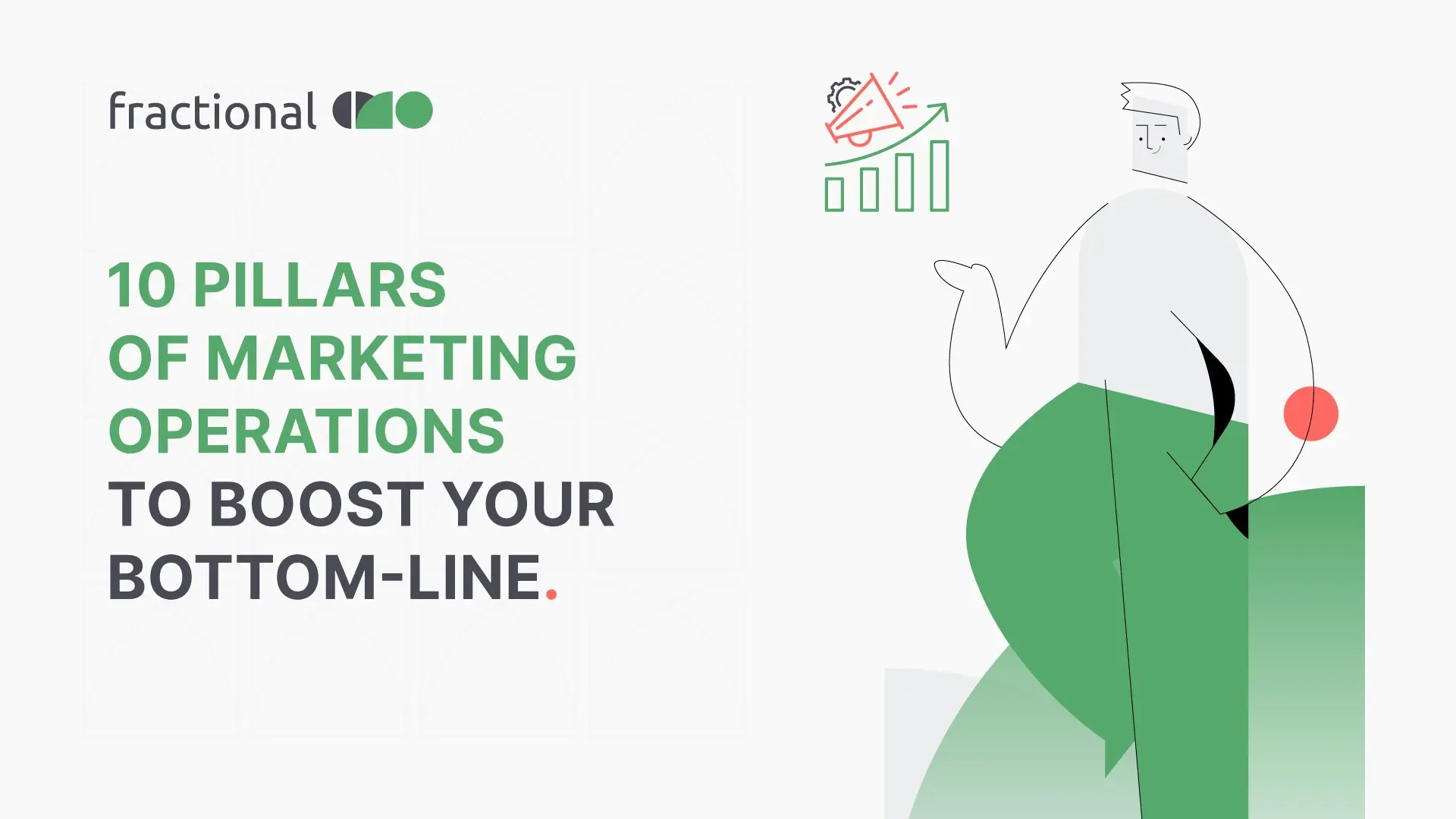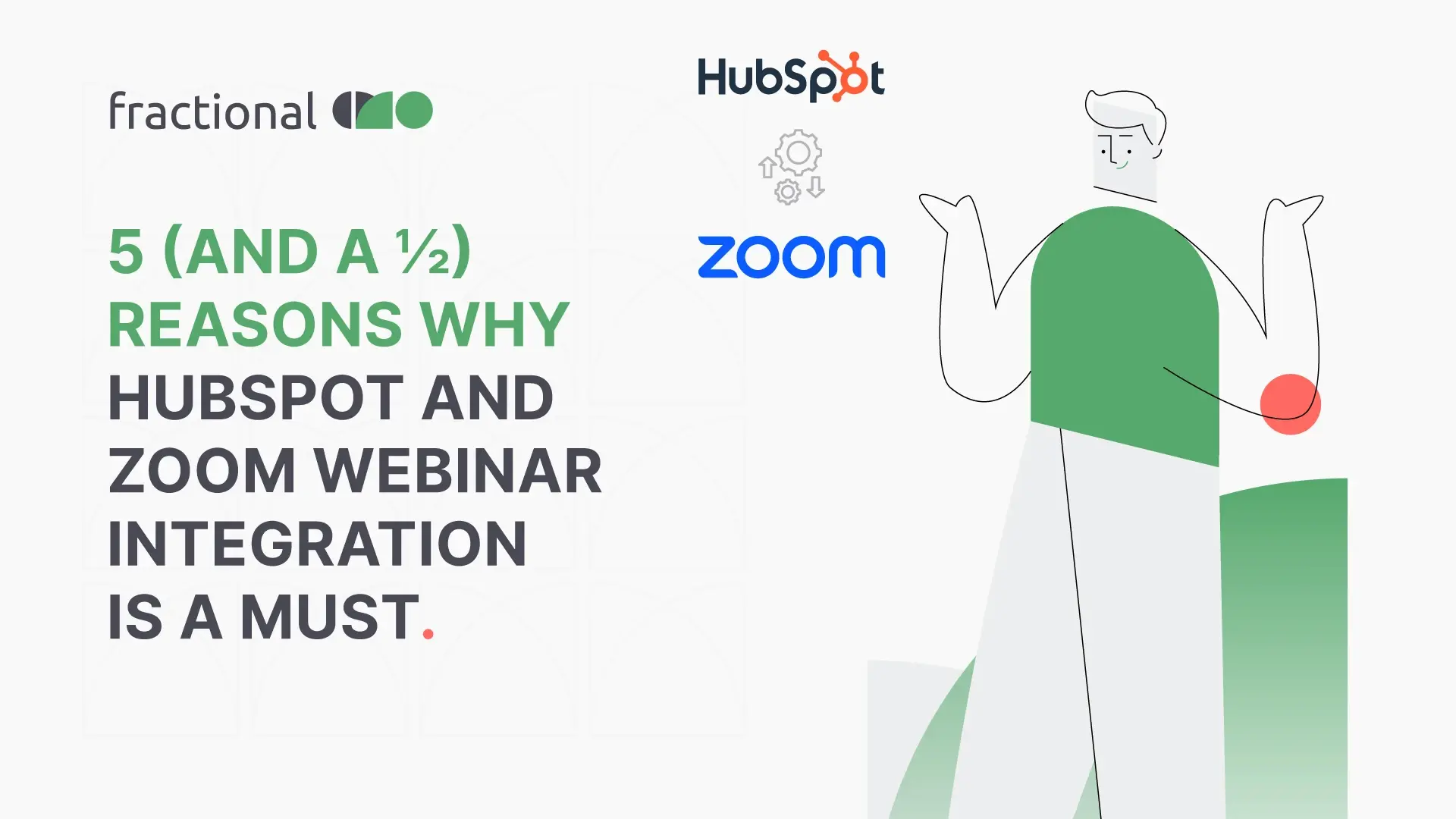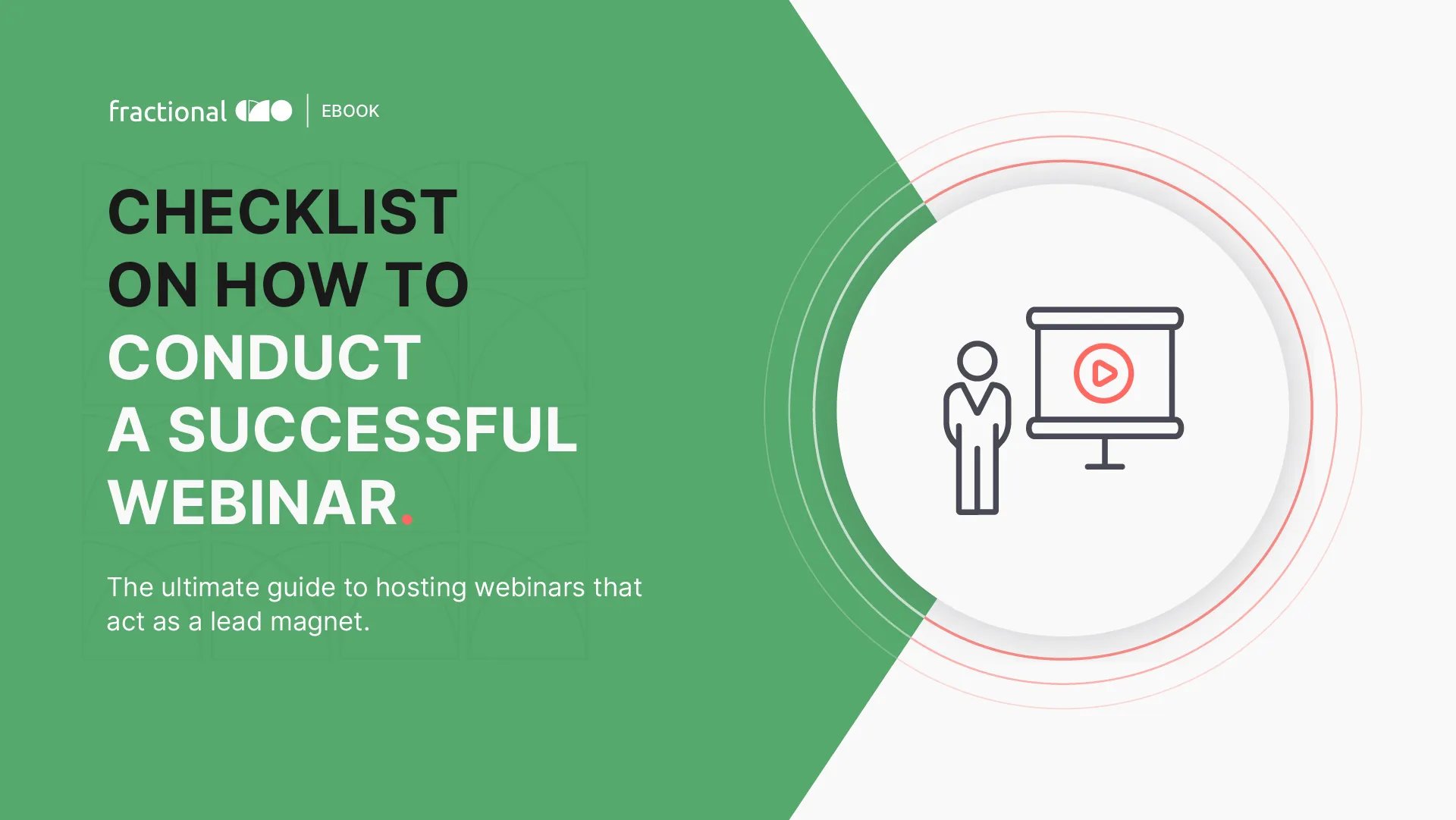Integrating Marketo into your Existing MarTech Stack
.webp?width=1930&height=1090&name=Integrating%20Marketo%20Into%20MarTech%20Stack%20-%20Blog%20Image%20v2%20(1).webp)
Introduction
You've taken the bold step of optimizing your existing tech stack by integrating Marketo for greater cross-functional synergy. However, a nagging doubt persists- Will integrating Marketo disrupt your other tech functionalities in the stack?
.gif?width=386&height=266&name=giphy%20(14).gif)
Source: giphy
This blog hits the spot when it comes to this conundrum.
When you consider incorporating a powerhouse like Marketo, you need to consider more than just the ROI, you're not just updating your toolkit; you're elevating your marketing game. This blog will shed light on the key aspects organizations need to consider when integrating Marketo into an existing stack.
Let's dive deep into the vital considerations, ensuring that Marketo not only becomes a part of your MarTech but a catalyst for your marketing success.
Marketo's Impact on Your MarTech Arsenal
Integrating Marketo into your MarTech stack is a pivotal decision that can shape the effectiveness of your marketing operations. To make the most of this strategic move, it's crucial to proceed with careful planning and a clear understanding of how Marketo can impact your existing marketing technology infrastructure. Here are key considerations to guide your integration journey:
Ensuring seamless data integration
Efficient marketing relies on a seamless flow of data. To ensure that integrating Marketo into your existing tech stack does not hamper the flow of data, you must develop a meticulous data synchronization strategy that guarantees Marketo operates in harmony with your other tools:
- Data Mapping: Create a detailed data mapping plan that outlines how data will be shared between Marketo and your existing tools. Define which data fields will be synchronized and the frequency of data updates.
- Data Cleaning and Normalization: Before integration, it's essential to clean and normalize your data. Inconsistent or duplicate data can lead to errors and confusion. Implement automated data cleansing processes to ensure data accuracy.
- Data Ownership and Security: Clearly define data ownership and security protocols. Determine who has access to what data and establish data encryption and access controls to protect sensitive information.
- Monitoring and Error Handling: Plan for continuous monitoring of data synchronization. Develop protocols for identifying and resolving data synchronization errors promptly to prevent disruptions.
If you’re a first-timer looking to implement Marketo, here’s a quick guide on tips for a successful Marketo Implementation.
Impact Assessment
Integrations can have profound implications for your MarTech stack and, by extension, your marketing operations. It's imperative to anticipate how Marketo integration might impact your current MarTech Stack:
- Workflow Evaluation: Examine your existing marketing workflows and processes. Consider how Marketo will fit into these workflows. Identify any adjustments or optimizations needed to accommodate the new tool.
- User Training: Recognize that your marketing team may need training to use Marketo effectively. Develop a training plan to ensure team members can make the most of the new tool without disrupting daily operations.
- Reporting and Analytics: Evaluate how Marketo's integration will affect your reporting and analytics capabilities. Ensure that you can still gather essential data and insights to measure campaign performance and ROI.
- Budget Considerations: Integrating Marketo may involve additional costs, including licensing, setup, and maintenance. Review your budget to accommodate these expenses and plan for a return on investment analysis.
- Scalability and Growth: Assess how Marketo's integration aligns with your business's growth plans. Ensure that your MarTech stack can scale with your organization's evolving needs.
- Compatibility Assessment: Marketo's robust capabilities are impressive, but do they align with your existing MarTech tools? Conduct a thorough compatibility assessment to ensure a seamless integration.
Here's a success story on how fractional CMO leveraged Marketo to optimize PayIt's MarTeck stack.
Compatibility Assessment
Integrating Marketo into your MarTech stack is akin to inviting a new member into your marketing orchestra. You want this new instrument to harmonize with the existing ones. To ensure a seamless integration, conduct a comprehensive compatibility assessment. Here's a quick checklist to guide you through this crucial step:
- Tool Alignment: Begin by examining the features, functions, and goals of Marketo in relation to your existing MarTech tools. Look for synergies and overlaps. Are there any redundancies that need to be addressed?
- Data Structure: Dive into the nitty-gritty of data compatibility. Assess how Marketo structures and handles data compared to your current tools. This includes fields, data formats, and data types. Ensure that data can flow effortlessly between systems.
- Integration Options: Consider the integration options Marketo offers. Does it provide native integrations with your other tools, or will you need to develop custom connections? Evaluate the complexity and feasibility of each integration method.
- Scalability: Think about your long-term goals. Will Marketo's capabilities grow with your business, or will you need to reassess your MarTech stack in the future? Scalability is key to ensuring that your investments remain relevant.
Marketo API Integrations
Marketo offers a powerful API that enables seamless integration with a wide range of third-party applications and custom solutions. This RESTful API allows you to programmatically access and manipulate Marketo data, automate tasks, and synchronize information with other tools in your stack.
Whether you're connecting Marketo with your CRM, e-commerce platform, or data analytics tool, the API is your gateway to a world of possibilities. Let's delve into the technical aspects, with a special focus on Marketo API integrations:
- Authentication and Security: When setting up API integrations, security is paramount. Marketo employs OAuth 2.0 for secure authentication, ensuring that only authorized applications can access your Marketo instance. Data transmission is encrypted to safeguard sensitive information, and stringent access controls protect your data.
- Data Mapping and Transformation: Efficient data mapping is crucial for data consistency and accuracy across integrated systems. The API allows you to map and transform data between Marketo and other platforms, ensuring that information flows seamlessly while maintaining data integrity.
- Automated Workflows: Leverage the API to create automated workflows that streamline marketing processes. For example, you can automate lead scoring, trigger personalized email campaigns, and update contact information in real time based on user interactions.
Wrapping it up
Marketo's robust API opens doors to endless possibilities, allowing you to seamlessly connect Marketo with your existing tools, automate workflows, and drive efficiency in your marketing operations. As you embark on your integration journey, remember to steer clear of avoidable Marketo implementation mistakes, prioritize compatibility, data synchronization, and the overall impact on your MarTech stack.
Integrating Marketo is a significant step, and ensuring a seamless and impactful integration is crucial. To maximize the benefits of Marketo and drive your marketing growth, consider the assistance of experienced MOPS experts to simplify the process for you.
Now, armed with insights and technical know-how, it's your turn to unlock the power of Marketo integration and embark on a journey to marketing greatness!
Case study - CipherCloud (Now LookOut)
Learn how LookOut achieved a fourfold increase in lead generation by implementing a customized and adaptable MarTech setup, utilizing Marketo x Salesforce with fractional CMO.









